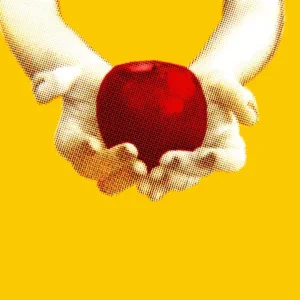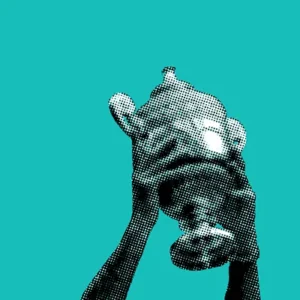Your 12 Step Plan to Becoming a Creative Director
You need a much broader complement of skills than those you’ve developed in the creative department. A creative director is a trusted partner with agency management. They form a vital part of the senior leadership team.
A great creative director is a diplomat, a mentor, a talent scout, a curator, an energy source, a connector, a persuader, an attractor, a negotiator, a business person and a life-long student. Experience has shaped them into a well-rounded performer. They don’t concept as much now. But they can still ball with the best of them when they need to.
You have to be truly interested in other people: their work, their backgrounds, their beliefs.
You can’t just be an inspirational leader. Experienced creative directors talk as much about their team’s careers as the agency’s work.
Building consensus between creatives, clients and account people is a dastardly juggling act. But the greatest creative directors do it every day.
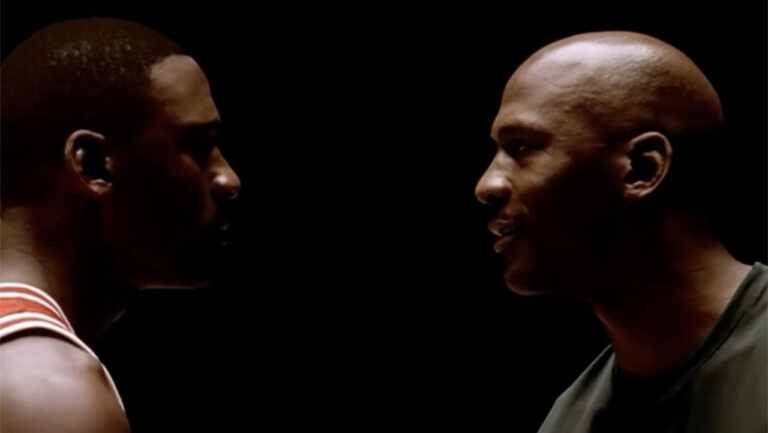
Table of Contents
Creative Directors have a different outlook
Less me. More we.
Less about standing out. More about unifying.
Less about the best idea. More about the right idea.
Less about building your book. More about building the business.
As a creative, your point of difference is the work you have created and sold. When becoming a creative director, your point of view becomes far more important.
It looks like fun, but it’s a tough job, particularly when the agency is pitching for new business.
Keeping current clients serviced to the quality their monthly fee deserves whilst being immersed in the chaotic, exhausting weeks of building an extensive pitch document from scratch is a dastardly juggling act.
But if becoming a creative director is what you want to be when you grow up, it’s a great job if you can get it.

Great creatives don't always become Creative Directors
Whatever the sport, the greatest athletes rarely become the best coaches. It’s a similar situation for creative departments.
So, it might be tempting to just throw yourself into your creative work and assume that the more awards you pile up, the more in demand you will be, and the promotions will take care of themselves. Wrong answer.
Creative Direction is a role that demands broad skills. Management skills. Sales skills. Motivational skills. Publicity Skills. If you limit yourself to the narrow skills of copywriting or art direction, then becoming a creative director might be beyond your grasp.
That’s not to say that mediocre creatives necessarily make great Creative Directors either. There are plenty of affable, mediocre creatives who become equally affable, mediocre creative directors.
Becoming a Creative Director as an Art Director
Art directors that make the leap to creative directorship do so because they have learned how to talk about the work just as well as a writer can. In a team situation, writers tend to be the more verbal partner. No surprises there.
But if you can communicate effectively about the work there is no reason at all why you can’t make it to creative director from an Art background. You need to be able to break down the decision making into pieces that the client and account people can understand. Then, you need to be able to present it inspiringly and defend it charmingly and tenaciously.
If you are an Art Director with ambitions in this direction, don’t disappear into your computer. Learn to talk strategy, how to effectively critique and improve work, and most importantly – how to conduct a pleasantly intelligent lunchtime conversation with your clients and co-workers.
A 12-step plan to becoming a Creative Director
Step One: Perform your day-to-day role brilliantly
Great ideas. On deadline. Executed better and better every month. Consistently improve your craft skills and your portfolio website. If you can’t get this right, forget about Creative Direction in your future.
Read obsessively. Go to our Ad Library for some great starting points. But go beyond the advertising bookshelf. Immerse yourself in great thinkers such as Malcolm Gladwell, Edward DeBono and Steven Levitt. Read the Pulitzer Prize winning novel every year, and the Booker Prize winner too. (And that goes for art directors too).
Go to art galleries, museums and visual events too. Broaden your visual vocabulary. Immerse yourself in the A-Z of dance, music, art, film and performance. (And that goes for copywriters too).
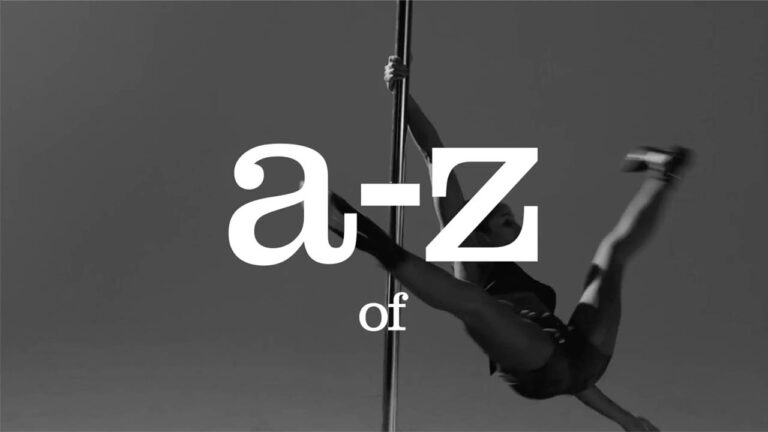
Step Two: Study Strategy
The strategy that gets developed between the agency and the client is the true north for every piece of work. Creative directors spend most of their time in higher level discussions with the client and the greater agency. A deep understanding of strategy in all its forms (brand strategy, competitive strategy, marketing strategy and so on) is non-negotiable.
As a senior copywriter or art director, strategy is the springboard that triggers creative concepts. But at higher levels, the strategy is the prism that all work is viewed through. You need to express your team’s ideas intelligently, coherently, and couched in terms that client can sell through to the rest of their business.
Step Three: Master the New Business Pitch
Creating great work for existing clients is expected. Luring new clients to the agency is where a creative director directly adds value. Your success in pitches will define you as a creative director. Getting ready for that big meeting is intense, vexing and uncertain. But they really bring the agency together. The best cultures and agency cameraderie is founded on the pitch experience.
You need to be able to craft thorough, compelling pitch documents in a very short space of time. If you are a copywriter, you’ll need to become adept at writing manifesto statements that inspire and shortcut the client to the core of how you have interpreted their brief.
The only way to get good at this is to practice. Learn the rhythm of a pitch. Understand when it’s time to fall in behind the creative ideas that you are going to the client with, and how to bring the most out of them in a short space of time. Know how to leave enough time for rehearsals. Identify flat spots in the presentation and help them become more compelling.
Pitches also exposure you to new product categories. Even if you don’t win (which will happen a lot), you’ve had a two or three week cram session in a new market, with a new demographic. You bet that will come in handy later on.
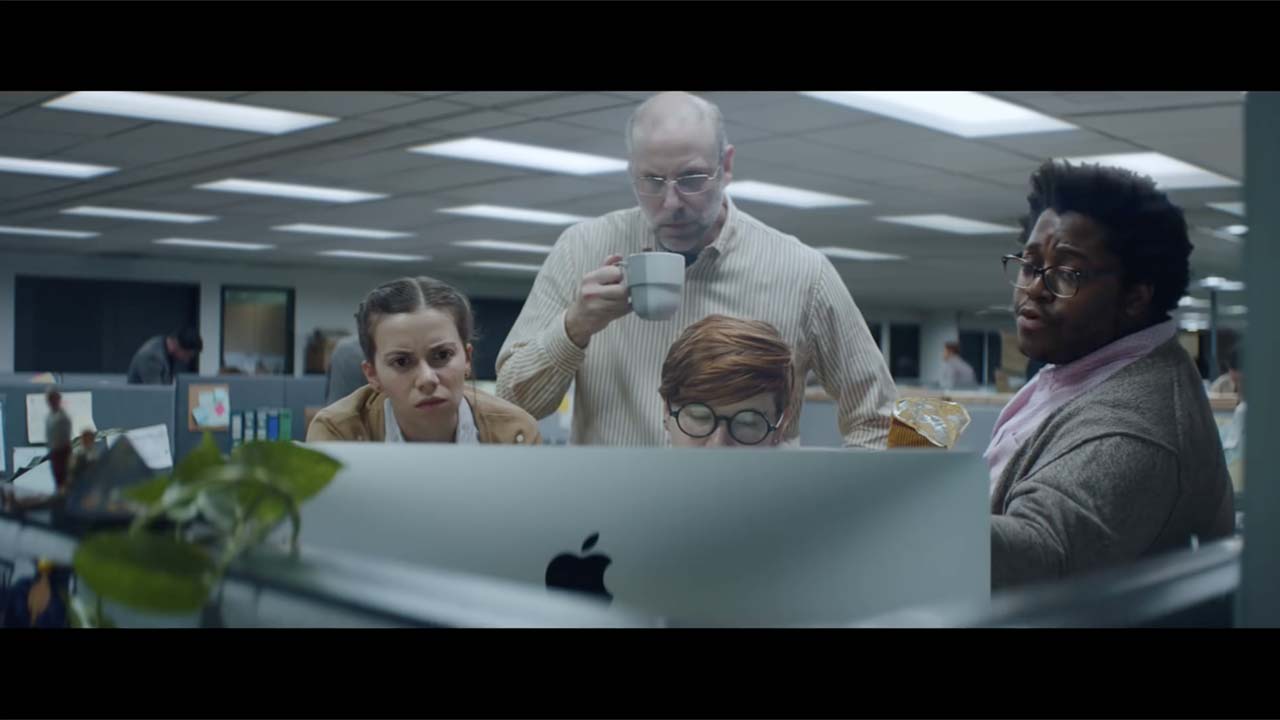
Step Four: Make Friends Outside the Creative Department
You need a wholistic picture of your agency if you are going to advance. Understand how every section of an agency ticks and how each department works to generate profit and growth for the agency.
Amongst other things, make efforts to understand exactly how the agency invoices their clients. What do the service agreements look like. How does the agency make contact with possible new clients? How does the strategist do his job? What parts of the agency are revenue generating, and which ones are overhead?
Respect every person in the agency, no matter what they do. They all serve to grease the wheels to get done effectively.
Step Five: Consistently benchmark your mentors
Your junior copywriting or art direction role is a two-way trade. You provide energy, concepts and craft to the agency. They provide your salary and mentorship. If the mentorship is lacking, that’s a red flag.
If you think your creative director isn’t great at their job, move somewhere else. Perhaps they became a Creative Director too soon. Or have a limited scope of experience across product categories. Even if you have to eat a pay cut (though it’s preferable if you don’t). You don’t want to pick up their bad habits at this early part of your career. We’ve created a separate article about how to tell if you have a good creative director or not.
Step Six: Become a Likeable Diplomat
Never underestimate the power of warm likeability when it comes to career advancement. I’ve personally seen the most mediocre creatives continue to fail upwards, simply because they’re likeable and others enjoy having them around. Clients especially.
Personality and character are just as important as your portfolio when you are becoming a creative director. Possibly more so. Creative direction is a leadership position. Having other creatives want to follow your example and learn from you is what creative direction is about.
If you can be great at your job and likeable too, then you will do well in your career. Remember, every minute you spend in an agency you are acting as an ambassador for yourself. Be nice. Be likeable. And reap the rewards.

Step Seven: Dress like a Creative Director
There comes a time in many creatives careers where suddenly they start earning a bit of money and start getting trendy haircuts, arm sleeve tattoos and funky clothes.
It’s fun for a while. And some clients even like having the ‘creative types’ in the room from time to time. But you are much more likely to be promoted to creative director if you dress the part. Pay attention to how creative directors present themselves, and mirror it. With your own style of course. It can be awkward if you turn up dressed exactly the same.
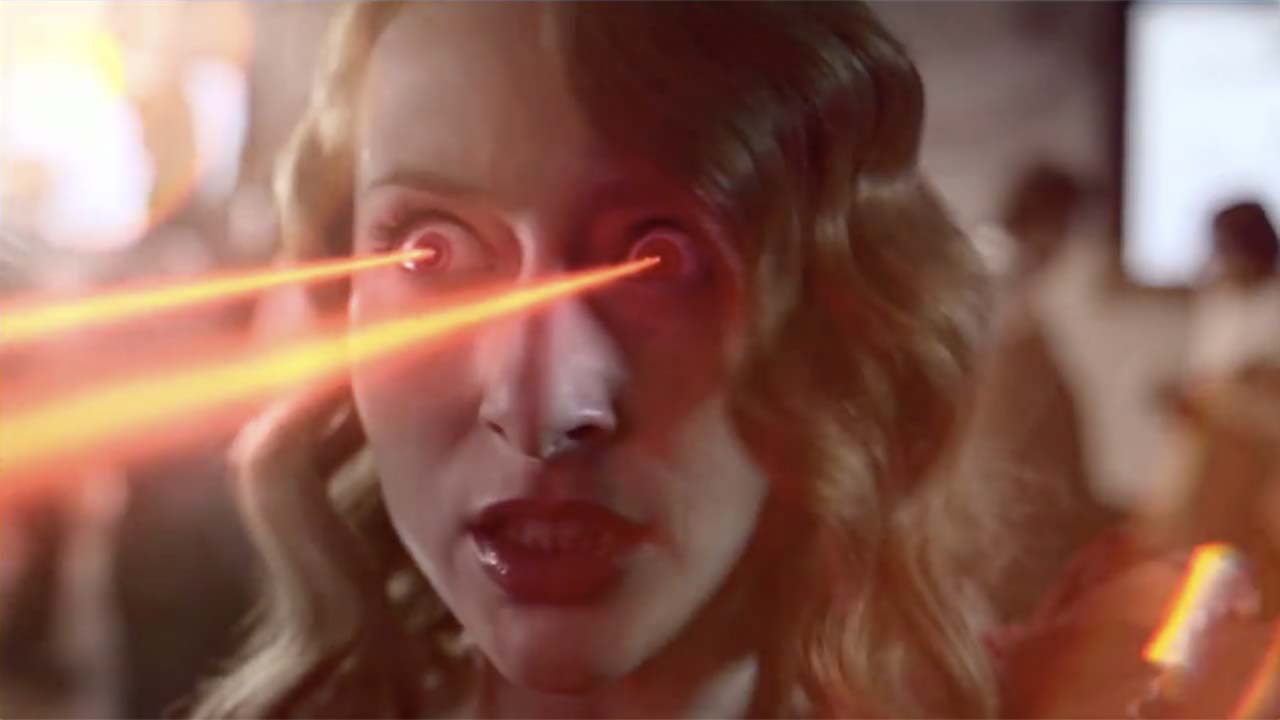
Step Eight: Work on Your Presentation Skills A LOT
The creative director must have the best presentation skills in the agency.
Really, really work on your presentation skills. Think of it this way. Have you ever seen a stand-up comedian on stage for the first time? You can see their uncertainty and nervousness with every involuntary tick of their body. It takes years to develop the on-stage swagger that feels natural and draws easy attention to yourself. Study the greats. Work on natural eye contact and beginning your talks with attention-grabbing anecdotes. Learn how to use pauses effectively and how to think on your feet. Understand your body language and build your confidence.
Rehearse your talks, and review your performance afterward to see how you can improve. Consider every ‘official’ interaction with the internal agency a presentation. By this I mean, rehearse even the internal creative reviews. Even if you only have ten minutes with your creative partner.
Be assured, confident presentation skills can be learned, even if you feel awkward at first. And they are essential for a creative director.
Step Nine: Learn to Ask Smart Questions
The quality of your questions says more about you than the quality of your answers. You should strive to ask more questions than make comments in agency meetings.
This step to becoming a creative director is enmeshed with Step Two – to study strategy. The better foundation you have in the business environment the smarter your questions will be.
I’ve lost count of the number of times I’ve been in a crowded conference room when a dumb question is lobbed into the room like a vibe-killing grenade. It’s not a good look for anyone’s career. Because a crowded conference room is filled with a lot of incredibly busy people who want to get out of the room with what they need and get back to work.
Having your voice heard is only worthwhile if what you have to say is smart, and pushes the conversation forward.
Step Ten: Don’t be shy about your ambition
After that big job? Don’t shout it from the rooftops. But be frank with senior people about what you’d like to do with your career.
Ask for honest, unvarnished advice about how you can improve (from people you trust, in every division of the agency). Take concrete steps to address them, and let those people know what you are doing to improve yourself. Take night courses. Read books.
People love to see you develop and grow. They’ll cheer you along the way.
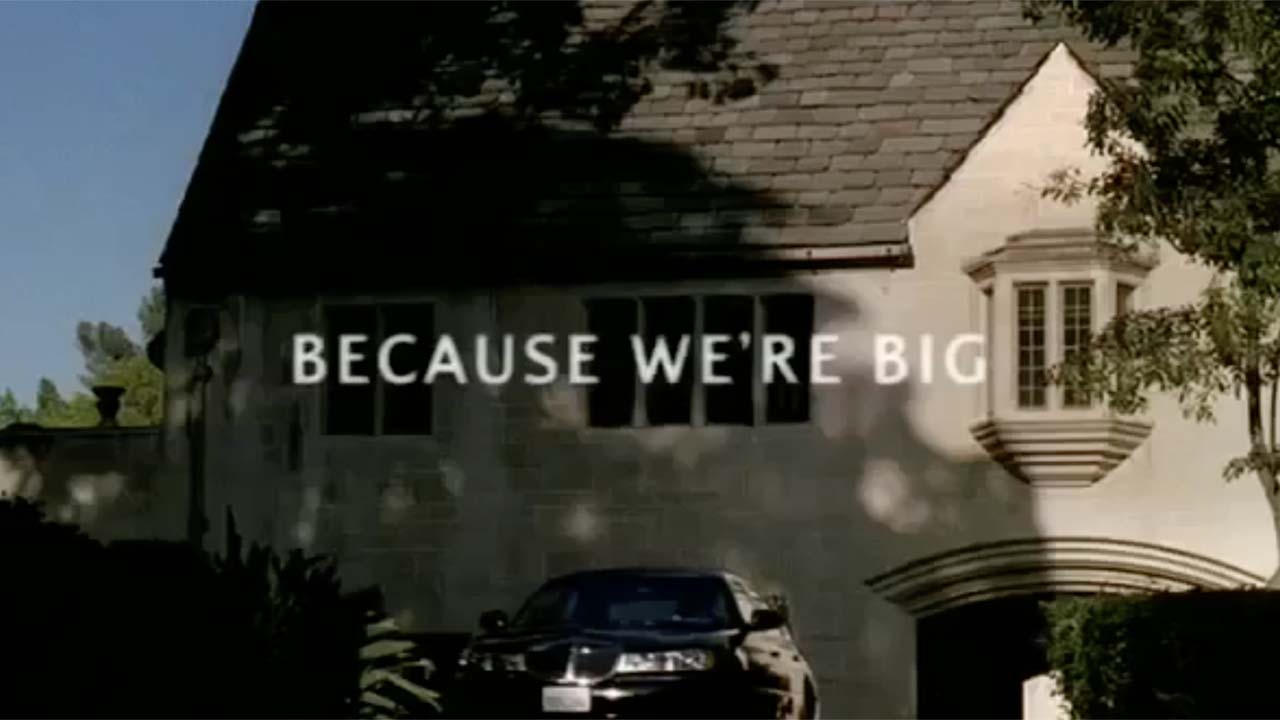
Step Eleven: Learn to Mentor
Ideally, it would be best to do this inside the agency with a team that is more junior than you. But this isn’t always practical or available.
They always say that the best way to learn is to teach. So do that. Perhaps you might help out as a teacher at a short course such as The Book Shop, or you could offer to review portfolios of students that are working their way through a Portfolio School or Masters Program.
Look for these opportunities. I promise you’ll learn just as much, if not more, than those you are helping.
Step Twelve: Talk to good recruiters
Notice this is the last step. Don’t rush to this step before you have developed your quiver of skills that will help you in becoming a creative director.
The thing to remember about recruiters is that you are their product. And the way they make money is to sell as many of you as they can, as quickly as possible. Which is why they don’t necessarily care if the job they are trying to get you to take is right for you. They just want the sale.
Recruiters aren’t responsible for your career. You are. But that doesn’t mean there isn’t any value in talking to them. Particularly if you are looking at taking the step up immediately.
Preface your conversation with your ambition. Tell them you are looking at moving. But you want to take the step up to an Associate Creative Director. As long as you can demonstrate why you that is legitimate with your portfolio and other experiences, they can put you up for those interviews.
Take your opportunities
As you grow as a creative, certain opportunities will arise that indicate the agency is looking at you for more a senior position. Here are some good signs that your goal of becoming a creative director is on track.
Good Sign One: You’re Asked to Team with Someone More Junior for a While
If you’re a mid-range creative, or moving up into senior ranks, this is a typical test that gets handed out. They want to see if you can bring the best out of someone, and create great work even if your partner isn’t quite up to speed. It’s also a way for senior leadership to figure out who is the brains of your current team.
Good Sign Two: You’re Asked to Attend a Higher Level Briefing
Instead of being given a piece of paper with a task on it, you might be asked to go to the client along with your creative director to take a new brief. This only happens for important pieces of work. It shows that you are trusted by the agency. And worth presenting to their most important clients.
Good Sign Three: an Unsolicited Payrise
Yes, these are rare. But if you are part of the agency’s future plans, they will make sure that you stay happy. Particularly if it seems you are looking for another, more senior, role. If you’ve been frank about your ambitions, you get on with people in the agency, are confident in yourself and in your ability to present your work – you will be noticed.
Or if you aren’t being noticed, move on. There’s more than one rodeo in your town.
Things to do
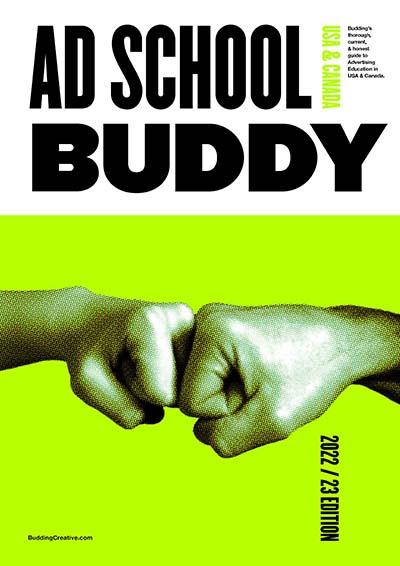
The Ad School Buddy
The complete guide. Undergrad, portfolio, grad, incubators and more.
More Articles
The Ad School Buddy
To make it as a professional ad creative, your choice of school is key. This is the most comprehensive guide to creative education in North America by far.

